Back to Courses
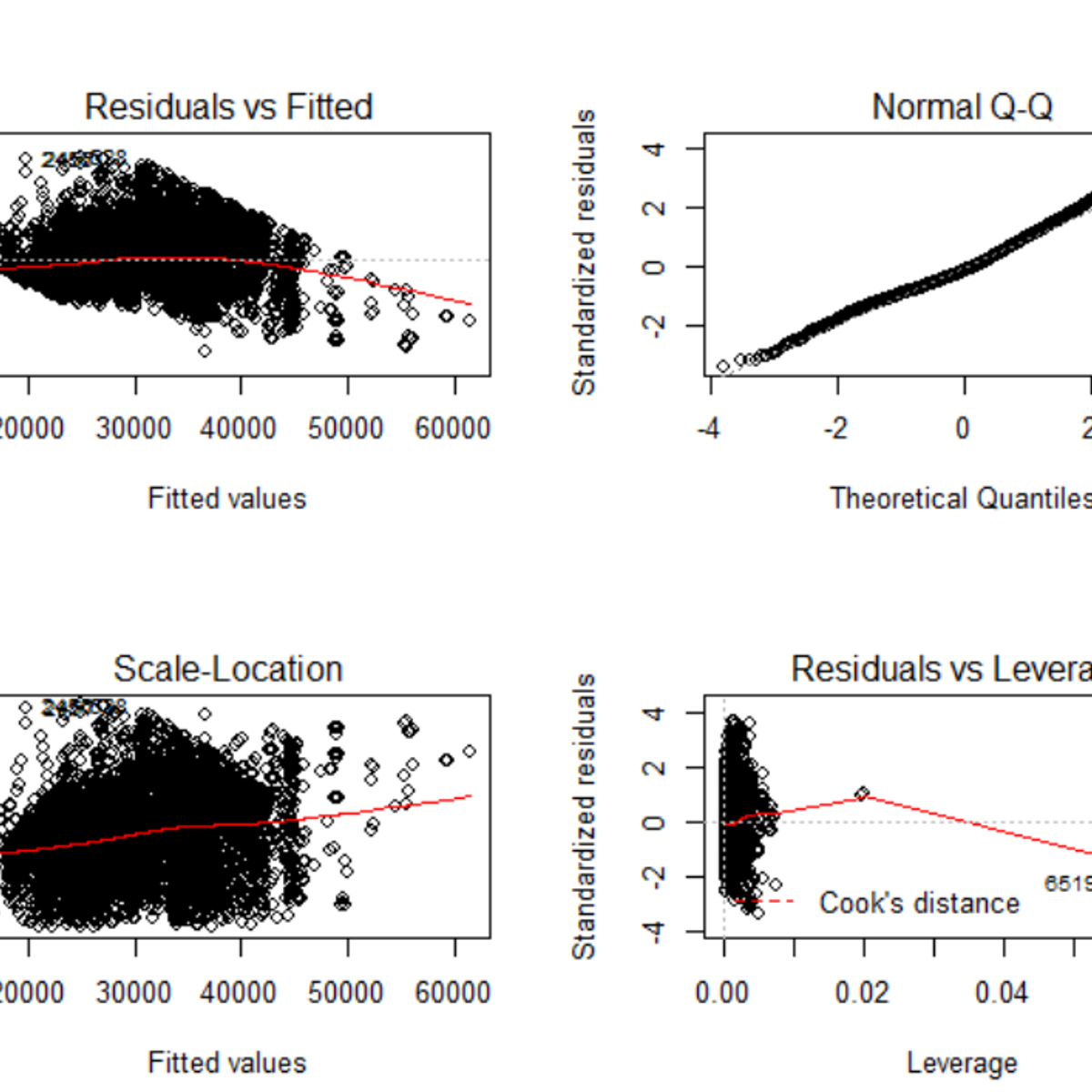

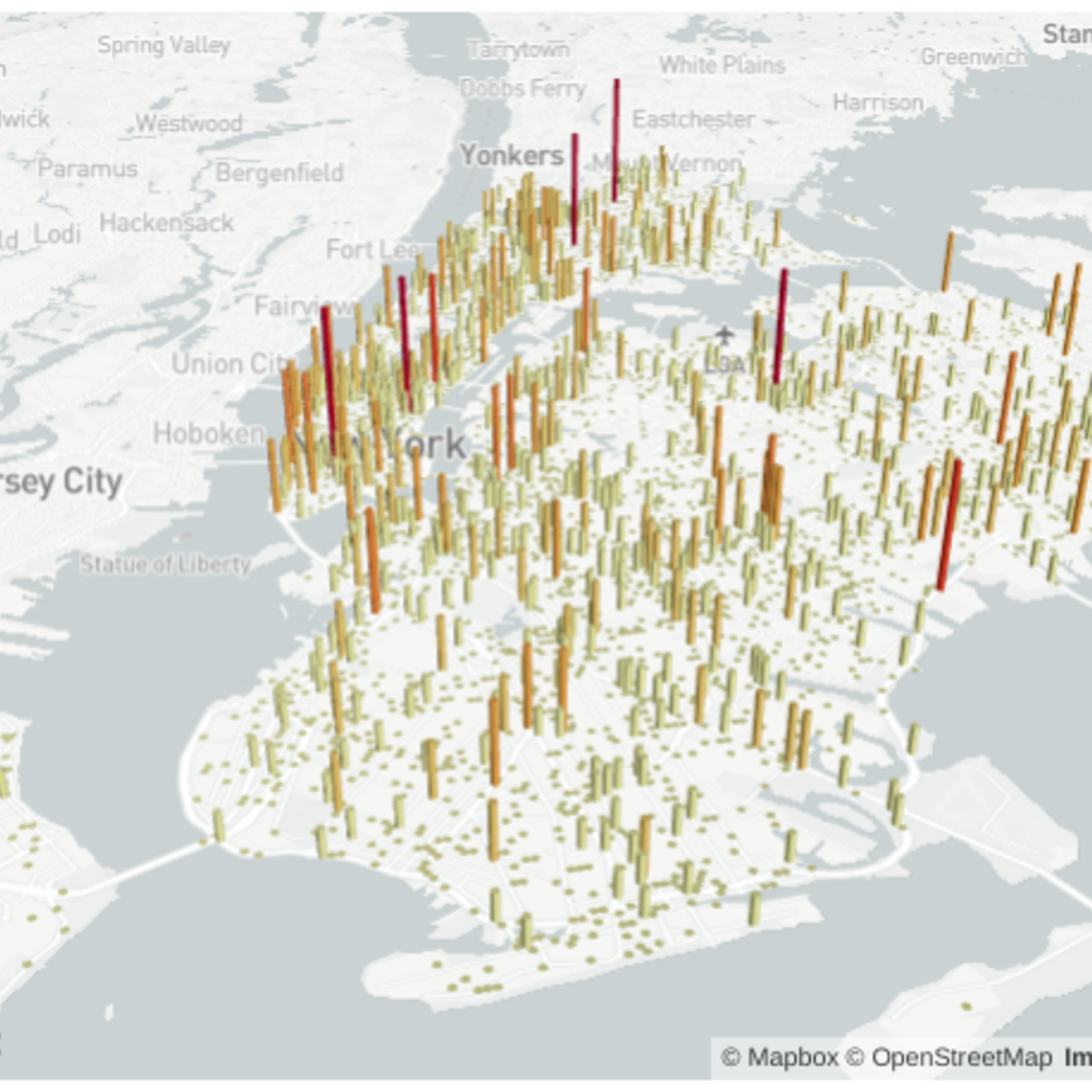

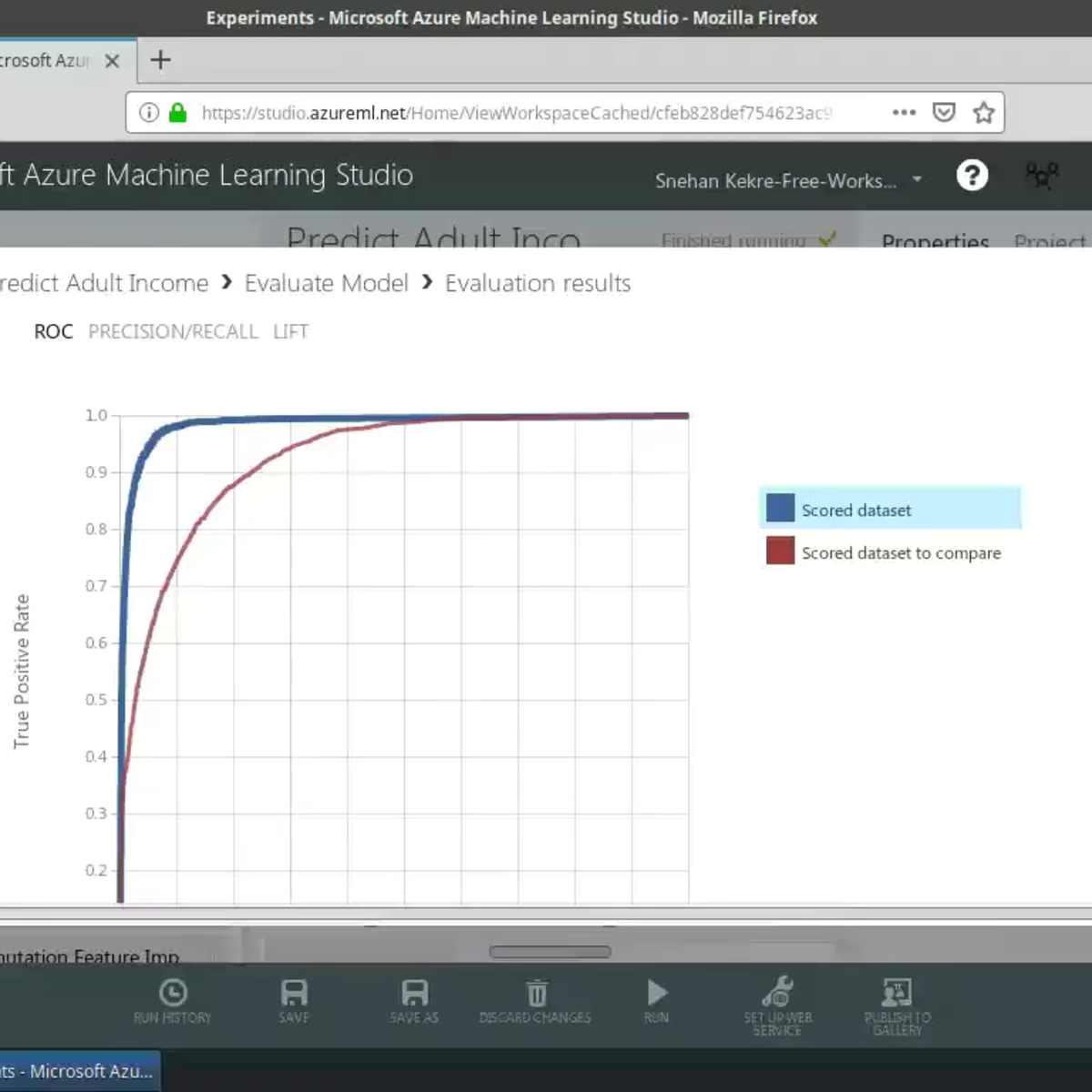


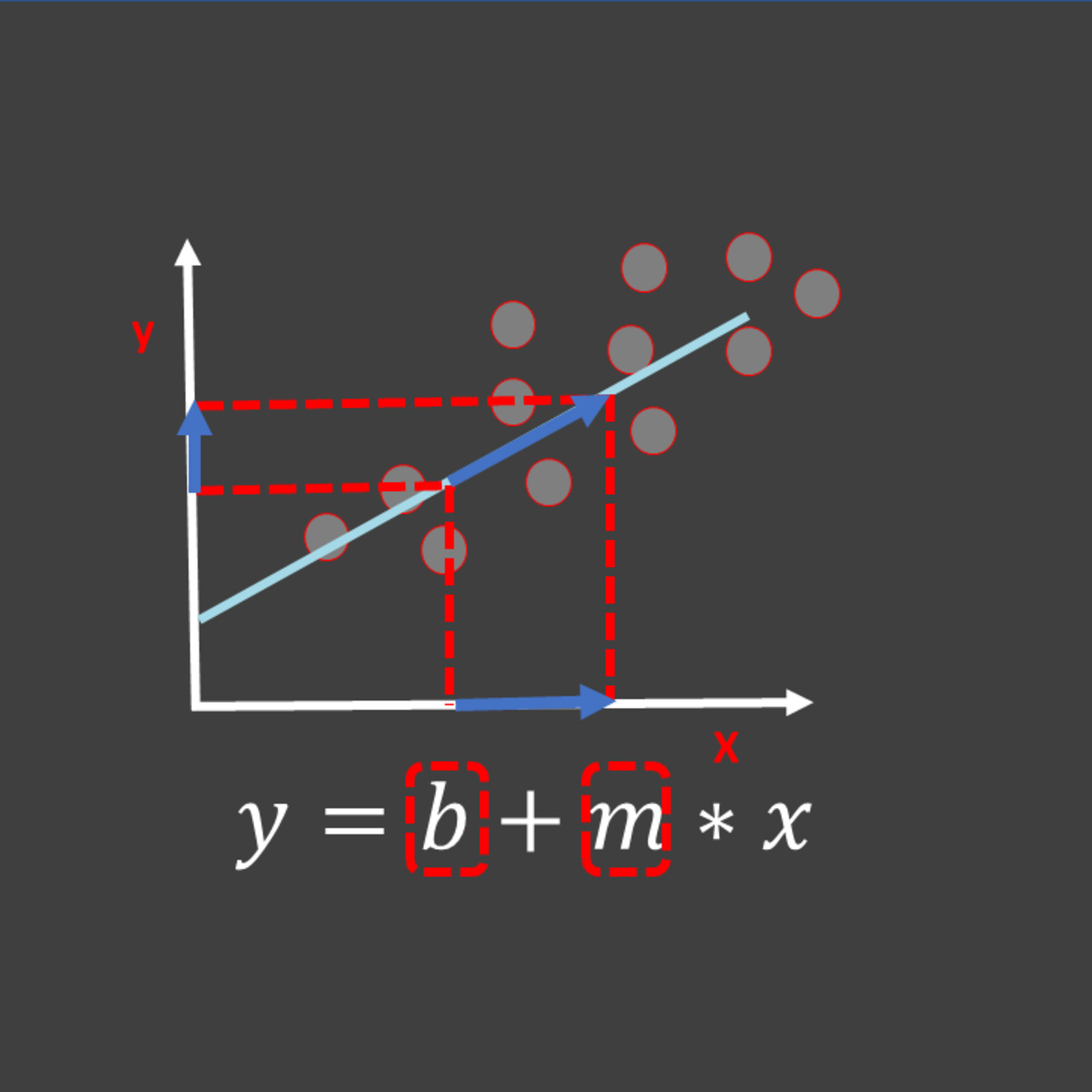
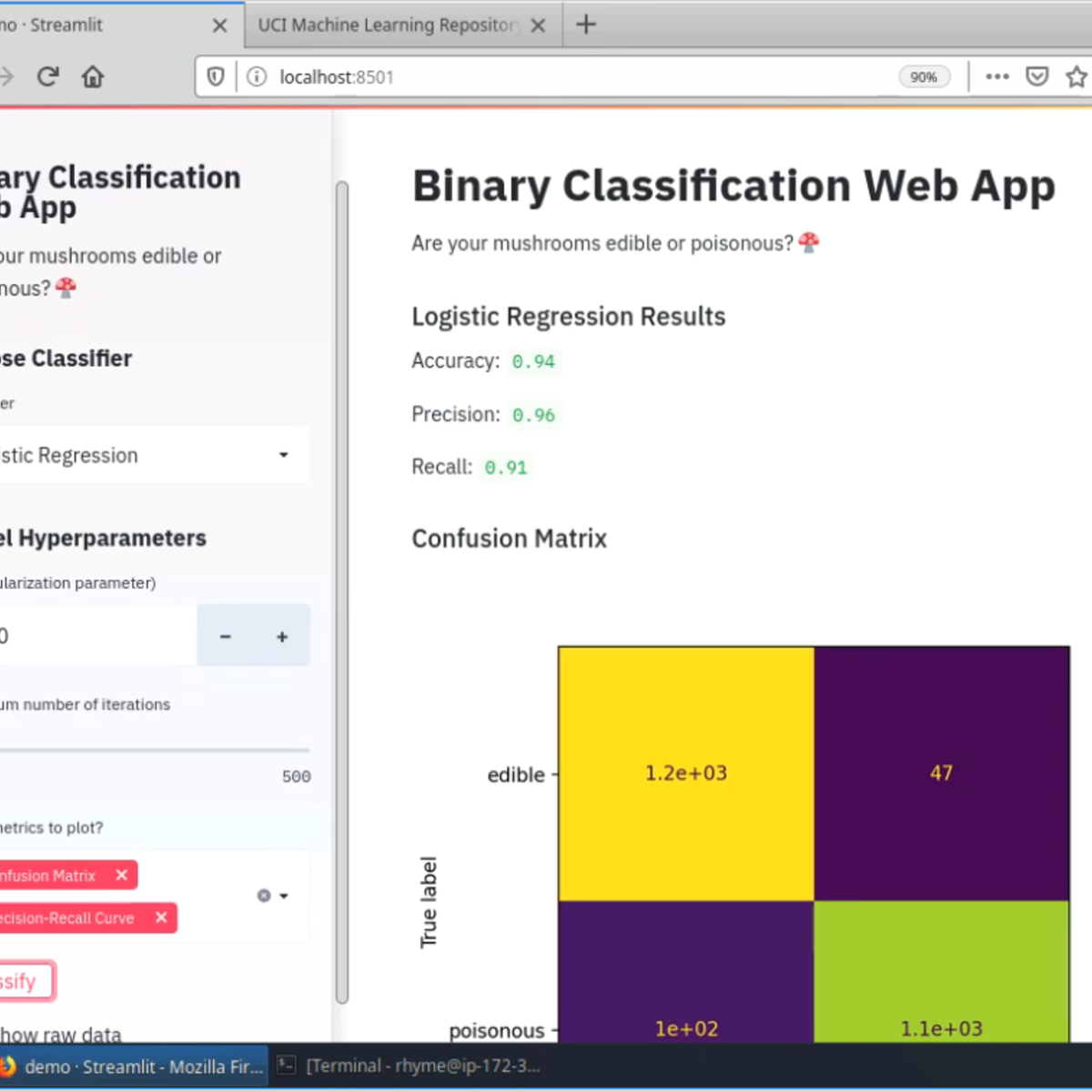
Machine Learning Courses - Page 33
Showing results 321-330 of 485

Scalable Machine Learning on Big Data using Apache Spark
This course will empower you with the skills to scale data science and machine learning (ML) tasks on Big Data sets using Apache Spark. Most real world machine learning work involves very large data sets that go beyond the CPU, memory and storage limitations of a single computer.
Apache Spark is an open source framework that leverages cluster computing and distributed storage to process extremely large data sets in an efficient and cost effective manner. Therefore an applied knowledge of working with Apache Spark is a great asset and potential differentiator for a Machine Learning engineer.
After completing this course, you will be able to:
- gain a practical understanding of Apache Spark, and apply it to solve machine learning problems involving both small and big data
- understand how parallel code is written, capable of running on thousands of CPUs.
- make use of large scale compute clusters to apply machine learning algorithms on Petabytes of data using Apache SparkML Pipelines.
- eliminate out-of-memory errors generated by traditional machine learning frameworks when data doesn’t fit in a computer's main memory
- test thousands of different ML models in parallel to find the best performing one – a technique used by many successful Kagglers
- (Optional) run SQL statements on very large data sets using Apache SparkSQL and the Apache Spark DataFrame API.
Enrol now to learn the machine learning techniques for working with Big Data that have been successfully applied by companies like Alibaba, Apple, Amazon, Baidu, eBay, IBM, NASA, Samsung, SAP, TripAdvisor, Yahoo!, Zalando and many others.
NOTE: You will practice running machine learning tasks hands-on on an Apache Spark cluster provided by IBM at no charge during the course which you can continue to use afterwards.
Prerequisites:
- basic python programming
- basic machine learning (optional introduction videos are provided in this course as well)
- basic SQL skills for optional content
The following courses are recommended before taking this class (unless you already have the skills)
https://www.coursera.org/learn/python-for-applied-data-science or similar
https://www.coursera.org/learn/machine-learning-with-python or similar
https://www.coursera.org/learn/sql-data-science for optional lectures

Building and analyzing linear regression model in R
By the end of this project, you will learn how to build and analyse linear regression model in R, a free, open-source program that you can download. You will learn how to load and clean a real world dataset. Next, you will learn how to build a linear regression model and various plots to analyze the model’s performance. Lastly, you will learn how to predict future values using the model. By the end of this project, you will become confident in building a linear regression model on real world dataset and the know-how of assessing the model’s performance using R programming language.
Linear regression models are useful in identifying critical relationships between predictors (or factors) and output variable. These relationships can impact a business in the future and can help business owners to make decisions.
Note: This course works best for learners who are based in the North America region. We’re currently working on providing the same experience in other regions.

Calculating Descriptive Statistics in R
Welcome to this 2-hour long project-based course Calculating Descriptive Statistics in R. In this project, you will learn how to perform extensive descriptive statistics on both quantitative and qualitative variables in R. You will also learn how to calculate the frequency and percentage of categorical variables and check the distribution of quantitative variables. By extension, you will learn how to perform univariate and bivariate statistics for univariate and bivariate variables in R.
Note: You do not need to be a Data Scientist to be successful in this guided project, just a familiarity with basic statistics and using R suffice for this project. If you are not familiar with R and want to learn the basics, start with my previous guided project titled “Getting Started with R”.

Build a Data Science Web App with Streamlit and Python
Welcome to this hands-on project on building your first data science web app with the Streamlit library in Python. By the end of this project, you are going to be comfortable with using Python and Streamlit to build beautiful and interactive web apps with zero web development experience! We are going to load, explore, visualize and interact with data, and generate dashboards in less than 100 lines of Python code!
Prior experience with writing simple Python scripts and using pandas for data manipulation is recommended.
Note: This course works best for learners who are based in the North America region. We’re currently working on providing the same experience in other regions.
Communicate Effectively about Ethical Challenges in Data-Driven Technologies
Leading a data-driven organization necessitates effective communication to create a culture of ethical practice. Communication to stakeholders will guide an organization's strategy and potentially impact the future of work for that organization or entity. It is not enough to talk about ethical practices, you need to to relate their value to stakeholders. Building out strategies that are inclusive and relatable can build public trust and loyalty, and knowing how to plan for a crisis will reduce the harm to such trust and loyalty.
In this fourth course of the CertNexus Certified Ethical Emerging Technologist (CEET) professional certificate, learners will develop inclusive strategies to communicate business impacts to stakeholders, design communication strategies that mirror ethical principles and policies, and in case of an ethical crisis, be prepared to manage the crisis and the media to reduce business impact.
This course is the fourth of five courses within the Certified Ethical Emerging Technologist (CEET) professional certificate. The preceding courses are titled Promote the Ethical Use of Data-Driven Technologies, Turn Ethical Frameworks into Actionable Steps, and Detect and Mitigate Ethical Risks.

Machine Learning Pipelines with Azure ML Studio
In this project-based course, you are going to build an end-to-end machine learning pipeline in Azure ML Studio, all without writing a single line of code! This course uses the Adult Income Census data set to train a model to predict an individual's income. It predicts whether an individual's annual income is greater than or less than $50,000. The estimator used in this project is a Two-Class Boosted Decision Tree classifier. Some of the features used to train the model are age, education, occupation, etc. Once you have scored and evaluated the model on the test data, you will deploy the trained model as an Azure Machine Learning web service. In just under an hour, you will be able to send new data to the web service API and receive the resulting predictions.
This is the second course in this series on building machine learning applications using Azure Machine Learning Studio. I highly encourage you to take the first course before proceeding. It has instructions on how to set up your Azure ML account with $200 worth of free credit to get started with running your experiments!
This course runs on Coursera's hands-on project platform called Rhyme. On Rhyme, you do projects in a hands-on manner in your browser. You will get instant access to pre-configured cloud desktops containing all of the software and data you need for the project. Everything is already set up directly in your internet browser so you can just focus on learning. For this project, you’ll get instant access to a cloud desktop with Python, Jupyter, and scikit-learn pre-installed.
Notes:
- You will be able to access the cloud desktop 5 times. However, you will be able to access instructions videos as many times as you want.
- This course works best for learners who are based in the North America region. We’re currently working on providing the same experience in other regions.

Facial Expression Classification Using Residual Neural Nets
In this hands-on project, we will train a deep learning model based on Convolutional Neural Networks (CNNs) and Residual Blocks to detect facial expressions. This project could be practically used for detecting customer emotions and facial expressions.
By the end of this project, you will be able to:
- Understand the theory and intuition behind Deep Learning, Convolutional Neural Networks (CNNs) and Residual Neural Networks.
- Import Key libraries, dataset and visualize images.
- Perform data augmentation to increase the size of the dataset and improve model generalization capability.
- Build a deep learning model based on Convolutional Neural Network and Residual blocks using Keras with Tensorflow 2.0 as a backend.
- Compile and fit Deep Learning model to training data.
- Assess the performance of trained CNN and ensure its generalization using various KPIs.
- Improve network performance using regularization techniques such as dropout.

Visual Machine Learning with Yellowbrick
Welcome to this project-based course on Visual Machine Learning with Yellowbrick. In this course, we will explore how to evaluate the performance of a random forest classifier on the Poker Hand data set using visual diagnostic tools from Yellowbrick. With an emphasis on visual steering of our analysis, we will cover the following topics in our machine learning workflow: feature analysis, feature importance, algorithm selection, model evaluation using regression, cross-validation, and hyperparameter tuning.
This course runs on Coursera's hands-on project platform called Rhyme. On Rhyme, you do projects in a hands-on manner in your browser. You will get instant access to pre-configured cloud desktops containing all of the software and data you need for the project. Everything is already set up directly in your internet browser so you can just focus on learning. For this project, you’ll get instant access to a cloud desktop with Python, Jupyter, Yellowbrick, and scikit-learn pre-installed.
Notes:
- You will be able to access the cloud desktop 5 times. However, you will be able to access instructions videos as many times as you want.
- This course works best for learners who are based in the North America region. We’re currently working on providing the same experience in other regions.

University Admission Prediction Using Multiple Linear Regression
In this hands-on guided project, we will train regression models to find the probability of a student getting accepted into a particular university based on their profile. This project could be practically used to get the university acceptance rate for individual students using web application.
Note: This course works best for learners who are based in the North America region. We’re currently working on providing the same experience in other regions.

Build a Machine Learning Web App with Streamlit and Python
Welcome to this hands-on project on building your first machine learning web app with the Streamlit library in Python. By the end of this project, you are going to be comfortable with using Python and Streamlit to build beautiful and interactive ML web apps with zero web development experience! We are going to load, explore, visualize and interact with data, and generate dashboards in less than 100 lines of Python code! Our web application will allows users to choose what classification algorithm they want to use and let them interactively set hyper-parameter values, all without them knowing to code!
Prior experience with writing simple Python scripts and using pandas for data manipulation is recommended. It is required that you have an understanding of Logistic Regression, Support Vector Machines, and Random Forest Classifiers and how to use them in scikit-learn.
Note: This course works best for learners who are based in the North America region. We’re currently working on providing the same experience in other regions.
Popular Internships and Jobs by Categories
Find Jobs & Internships
Browse
© 2024 BoostGrad | All rights reserved